Adresse
304, rue Cardinal Nord
Centre Dorchester, MA 02124
Heures de travail
Du lundi au vendredi : 7h - 19h
Week-end : 10h - 17h
Adresse
304, rue Cardinal Nord
Centre Dorchester, MA 02124
Heures de travail
Du lundi au vendredi : 7h - 19h
Week-end : 10h - 17h
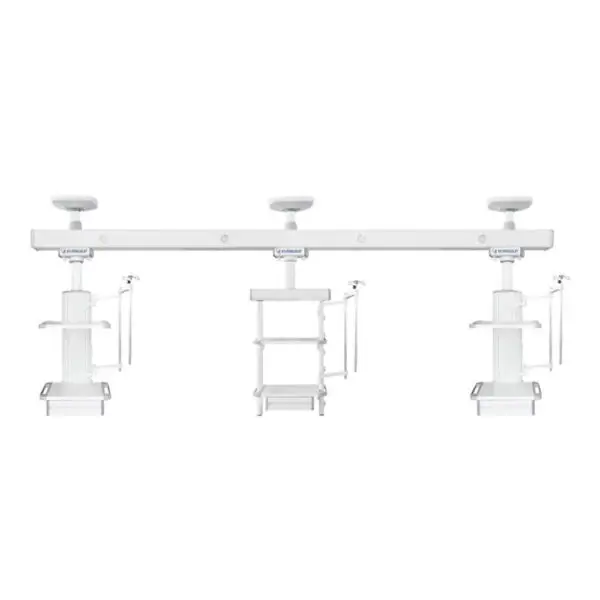
This blog will delve into the role of medical pendants in improving patient safety, discussing their features, benefits, and best practices for implementation.
Patient safety is a paramount concern in healthcare settings. Ensuring a safe and efficient environment for both patients and healthcare providers is crucial for delivering high-quality care. One of the innovative solutions that have significantly contributed to enhancing patient safety is the use of medical pendants. Medical pendants, also known as ceiling-mounted service units, provide a versatile and organized means of managing medical gases, electrical services, and other essential equipment. This blog will delve into the role of medical pendants in improving patient safety, discussing their features, benefits, and best practices for implementation.

Medical pendants are ceiling-mounted systems designed to support and manage medical equipment, utilities, and services in healthcare environments. They typically consist of articulated arms and platforms that can be adjusted to position equipment precisely where it is needed. Medical pendants are widely used in operating rooms, intensive care units (ICUs), and emergency departments to streamline workflow and enhance safety.
Medical pendants come with various features that make them indispensable in healthcare settings:
One of the primary ways medical pendants enhance patient safety is by reducing clutter in critical care areas. By organizing medical equipment and utilities, medical pendants minimize the risk of trips and falls, ensuring a safer environment for both patients and healthcare providers.
Medical pendants improve the accessibility of essential services and equipment. With everything within easy reach, healthcare providers can quickly and efficiently attend to patients, reducing response times in critical situations. This efficiency is crucial in emergency rooms and ICUs, where every second counts.
Infection control is a significant concern in healthcare settings. Medical pendants contribute to better infection control by providing a streamlined and easy-to-clean solution. The ceiling-mounted design reduces floor space usage, making it easier to maintain hygiene and cleanliness, thereby reducing the risk of hospital-acquired infections.
Medical pendants are designed with ergonomics in mind, reducing the physical strain on healthcare providers. Adjustable arms and platforms allow for optimal positioning of equipment, ensuring that healthcare providers can work comfortably and safely. This ergonomic design not only improves patient care but also enhances the well-being of healthcare staff.
Modern medical pendants can integrate advanced technology such as digital displays, monitoring systems, and telemedicine capabilities. These technological integrations enhance patient safety by providing real-time data and improving communication between healthcare providers.
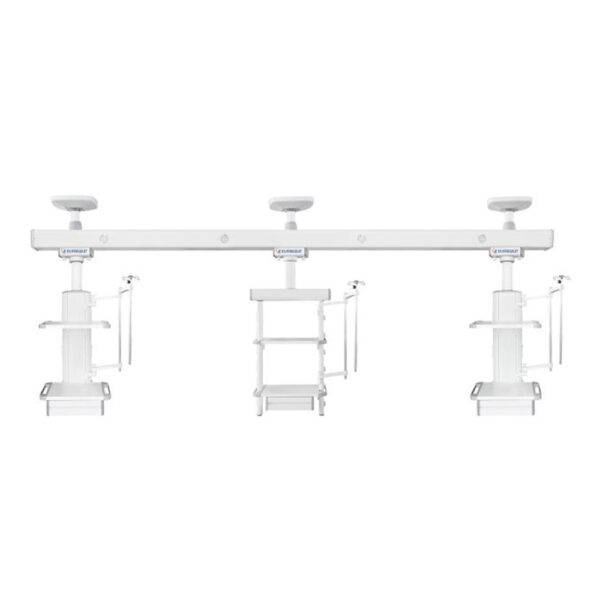

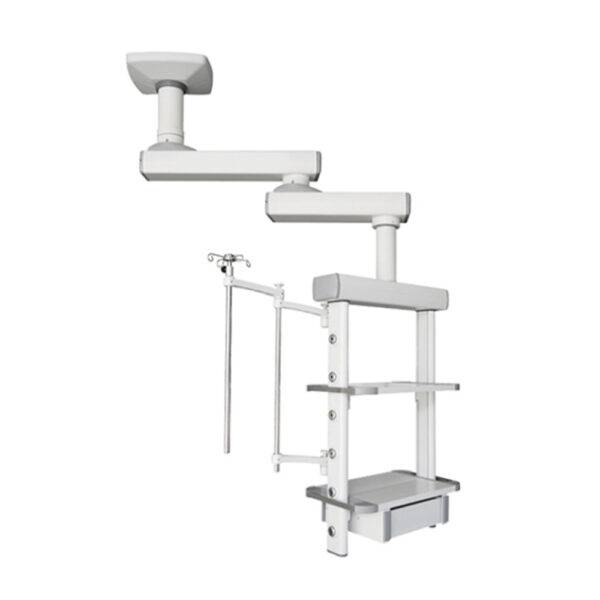


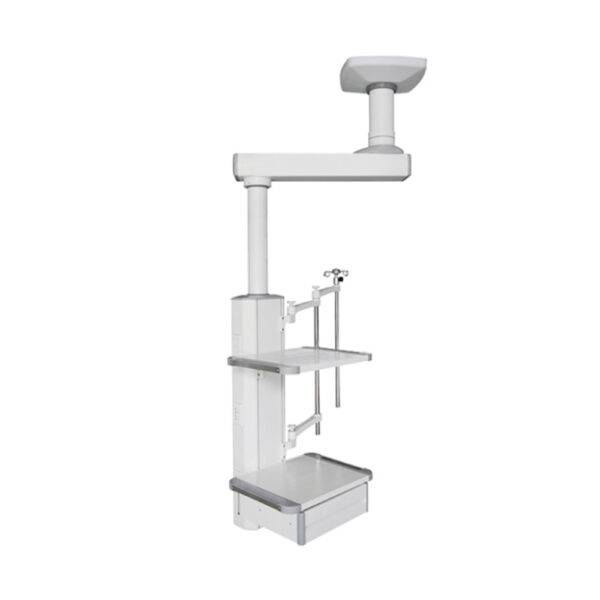
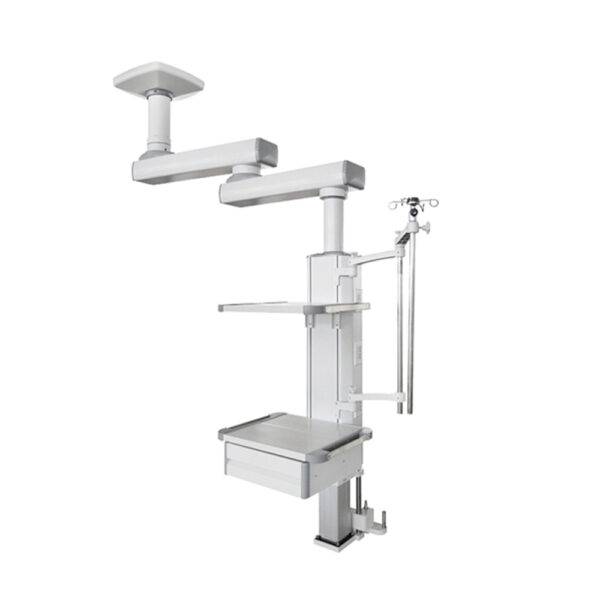
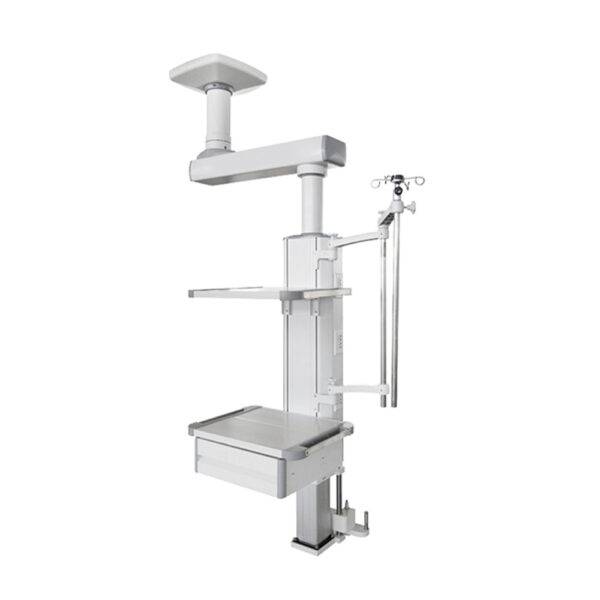
A hospital implemented medical pendants in its ICU to manage medical gases, electrical services, and patient monitoring equipment. The result was a significant reduction in clutter and improved access to essential services. Healthcare providers reported faster response times and improved patient outcomes due to the organized and efficient environment.
In an operating room setting, medical pendants were used to manage surgical instruments, lights, and monitoring systems. The enhanced organization and accessibility of equipment led to a decrease in surgical errors and improved overall patient safety during procedures.
| Caractéristique | Pendentifs médicaux | Traditional Systems |
|---|---|---|
| Equipment Accessibility | High (adjustable and within reach) | Moderate (fixed locations) |
| Clutter Reduction | Significant (ceiling-mounted) | Minimal (floor-mounted) |
| Contrôle d'infection | Enhanced (easy to clean) | Standard (more difficult to clean) |
| Ergonomie | Improved (adjustable) | Standard (fixed positions) |
| Intégration de la technologie | High (advanced features) | Limited (basic features) |

Before implementing medical pendants, conduct a thorough needs assessment to understand the specific requirements of your healthcare facility. Consider factors such as the type of medical services provided, the number of patients, and the layout of the facility.
Choose medical pendants that can be customized to meet the unique needs of your healthcare environment. Customizable features such as the number of arms, load capacity, and integrated services ensure that the pendants are tailored to your specific requirements.
Provide comprehensive training for healthcare staff on the proper use and maintenance of medical pendants. Well-trained staff can maximize the benefits of medical pendants, ensuring that they are used effectively and safely.
Implement a regular maintenance schedule to ensure that medical pendants remain in optimal working condition. Regular inspections and servicing can prevent malfunctions and extend the lifespan of the equipment.
Regularly evaluate the performance of medical pendants and seek feedback from healthcare providers. Use this feedback to make continuous improvements and ensure that the pendants continue to meet the evolving needs of the facility.
Medical pendants play a crucial role in enhancing patient safety in healthcare settings. Their ability to reduce clutter, improve accessibility, facilitate better infection control, provide ergonomic solutions, and integrate advanced technology makes them an invaluable asset in modern healthcare. By understanding the benefits and best practices for implementing medical pendants, healthcare facilities can create a safer, more efficient environment for both patients and providers. The continuous evolution of medical pendant technology promises even greater advancements in patient safety and healthcare quality in the future.
Medical pendants offer numerous benefits, including improved organization, enhanced accessibility, better infection control, ergonomic design, and integration of advanced technology. These features collectively contribute to enhanced patient safety and more efficient healthcare delivery.
Medical pendants improve patient safety by reducing clutter, enhancing equipment accessibility, facilitating better infection control, providing ergonomic solutions for healthcare providers, and integrating advanced monitoring and communication technologies.
Medical pendants are highly versatile and can be used in various healthcare settings, including ICUs, operating rooms, emergency departments, and general wards. Their customizable design allows them to meet the specific needs of different environments.
When choosing medical pendants, consider factors such as the type of medical services provided, the layout of the facility, the specific needs of healthcare providers, load capacity, adjustability, and the availability of integrated services and advanced features.
Healthcare facilities can ensure the effective use of medical pendants by conducting a needs assessment, choosing customizable options, providing staff training, implementing regular maintenance schedules, and continuously evaluating and improving the performance of the pendants.